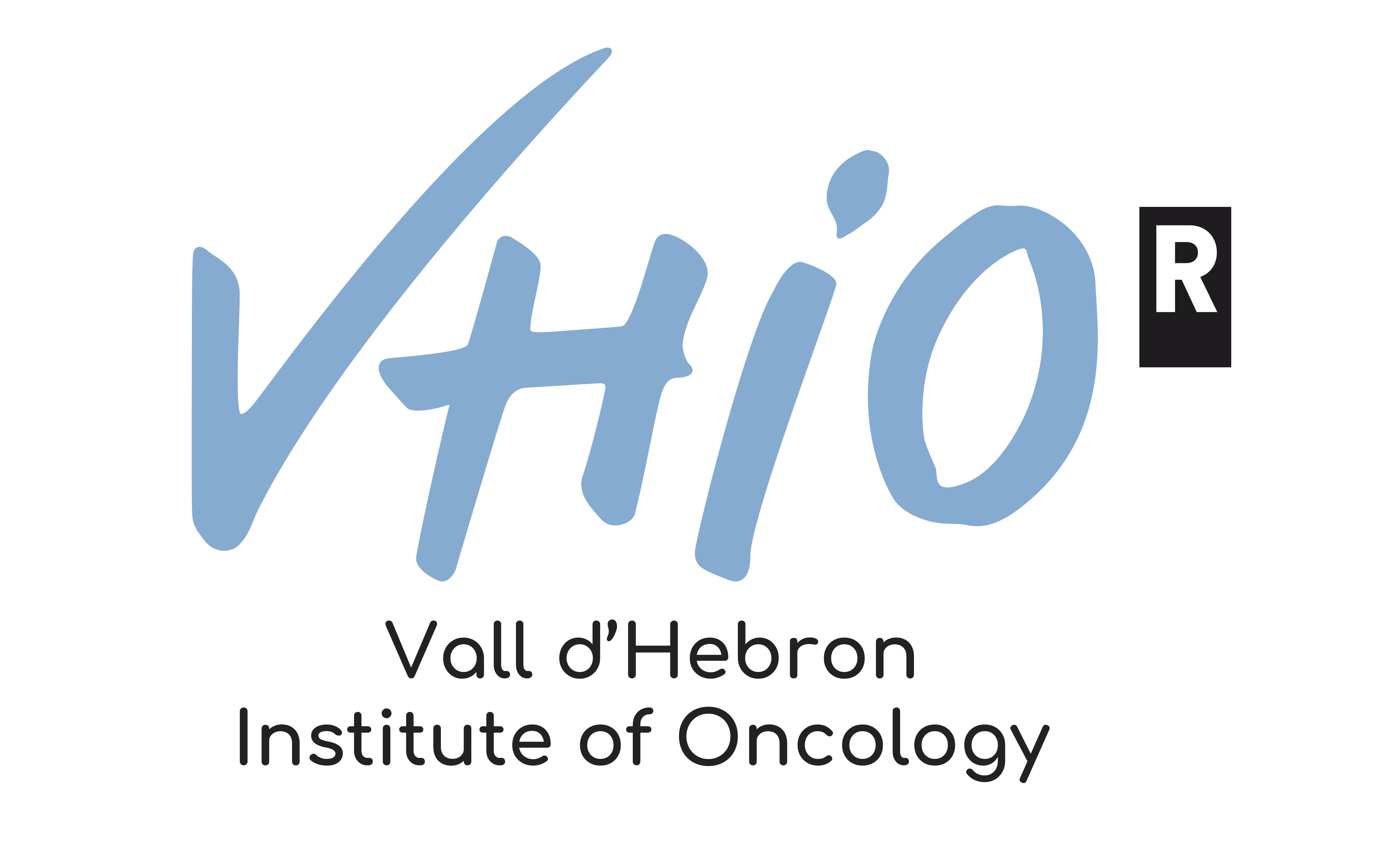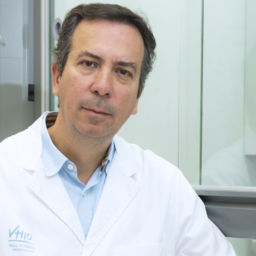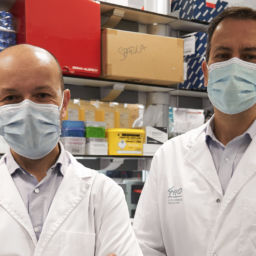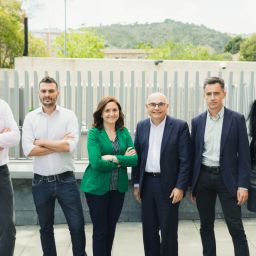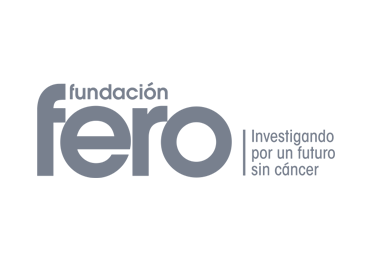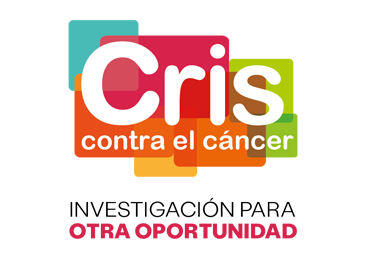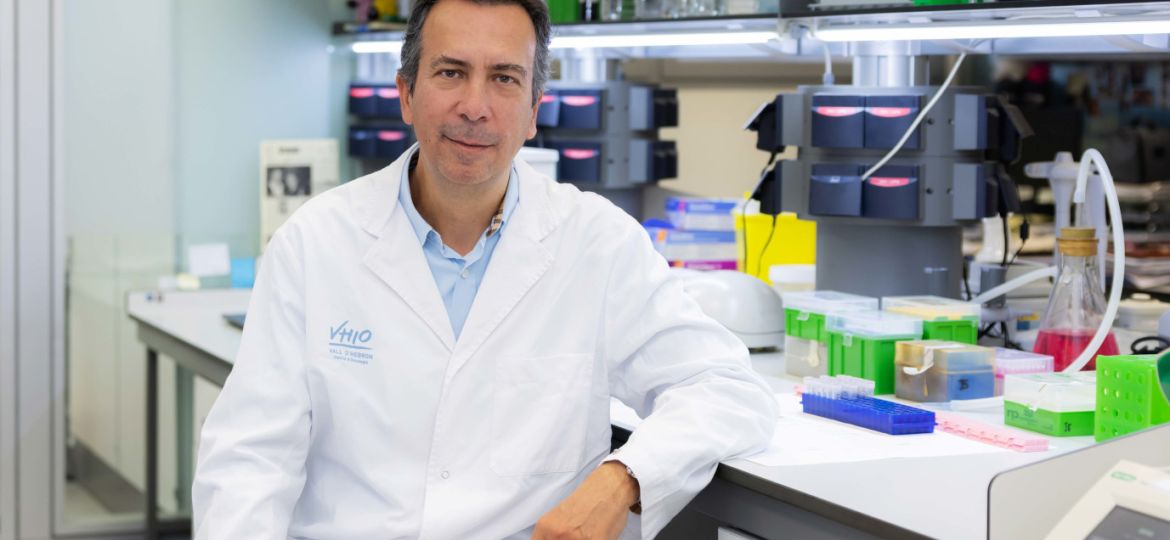
In an invited Viewpoint article recently published open access and ahead of print in the journal Molecular Oncology*, VHIO’s Joan Seoane discusses an array of preclinical cancer models, with particular emphasis on the promise of patient-derived models that have been developed to more faithfully recapitulate and capture the complexity and heterogeneity of the tumor-immune ecosystem, as well as generate insights into the crosstalk between tumor cells and the immune microenvironment.
“Unravelling the molecular mechanisms underlying cancer-immune system interactions is fundamental to designing and developing more effective immune-based strategies and extending the promise of immunotherapy to an increasing number of patients,” says Joan Seoane, co-Director of Preclinical and Translational Research at VHIO and ICREA Research Professor.
In his brief review, Joan first covers the key factors that represent ongoing challenges in the preclinical modelling of the cancer immune system, including the unique milieu of tumor cells and the diverse and specific cellular composition and immune components.
Highlighting the important limitations of some current models including allograft and genetically engineered mouse models (GEMMS) that do not mimic the characteristics of the immune tumor microenvironment or faithfully recapitulate the complexity and heterogeneity of human cancer, he also underlines other factors that hinder the right interpretation of the results generated using these modelling systems.
“Allograft models and GEMMs are used to preclinically evaluate pharmacological compounds but the associated limitations of these systems preclude the easy translation of research findings into the clinic when novel therapies are tested in clinical studies,” observes Seoane.
Over recent years, the development of patient-derived models has potentiated the preclinical testing of novel therapies and enabled the comprehensive study of the immune tumor microenvironment. The second half of this review explores the constructs and particular strengths of these ‘smarter’ modelling systems including tumor organoids or tumoroids; patient-derived tumor tissue cultures (PDTTCs), patient-derived xenografts (PDX) plus leukocytes and humanized PDX, and points to their combined use to achieve deeper insights and make more clinically-relevant discoveries in immuno-oncology.
“While each of these functional models have their pros and cons, they are complementary. The use of the right model or combination of patient-derived models can help to identify novel therapeutic targets, elucidate the mechanism of action of a compound, evaluate the efficacy of immune-based strategies, and help to make clinical trials more successful,” concludes Joan Seoane.
###
Reference:
* Seoane J. Patient-derived preclinical models to develop immunotherapies. Mol Oncol. 2023 Jun 5. doi: 10.1002/1878-0261.13470. Epub ahead of print. PMID: 37278114.
